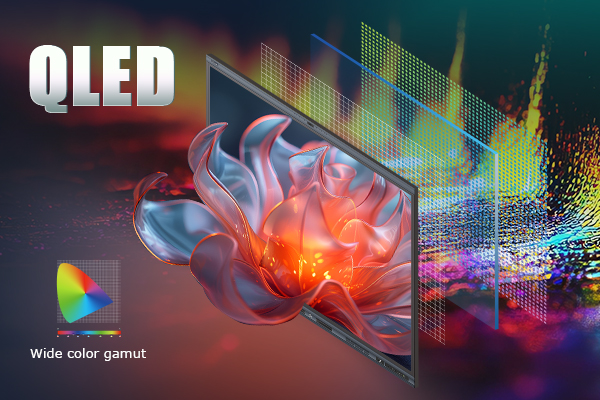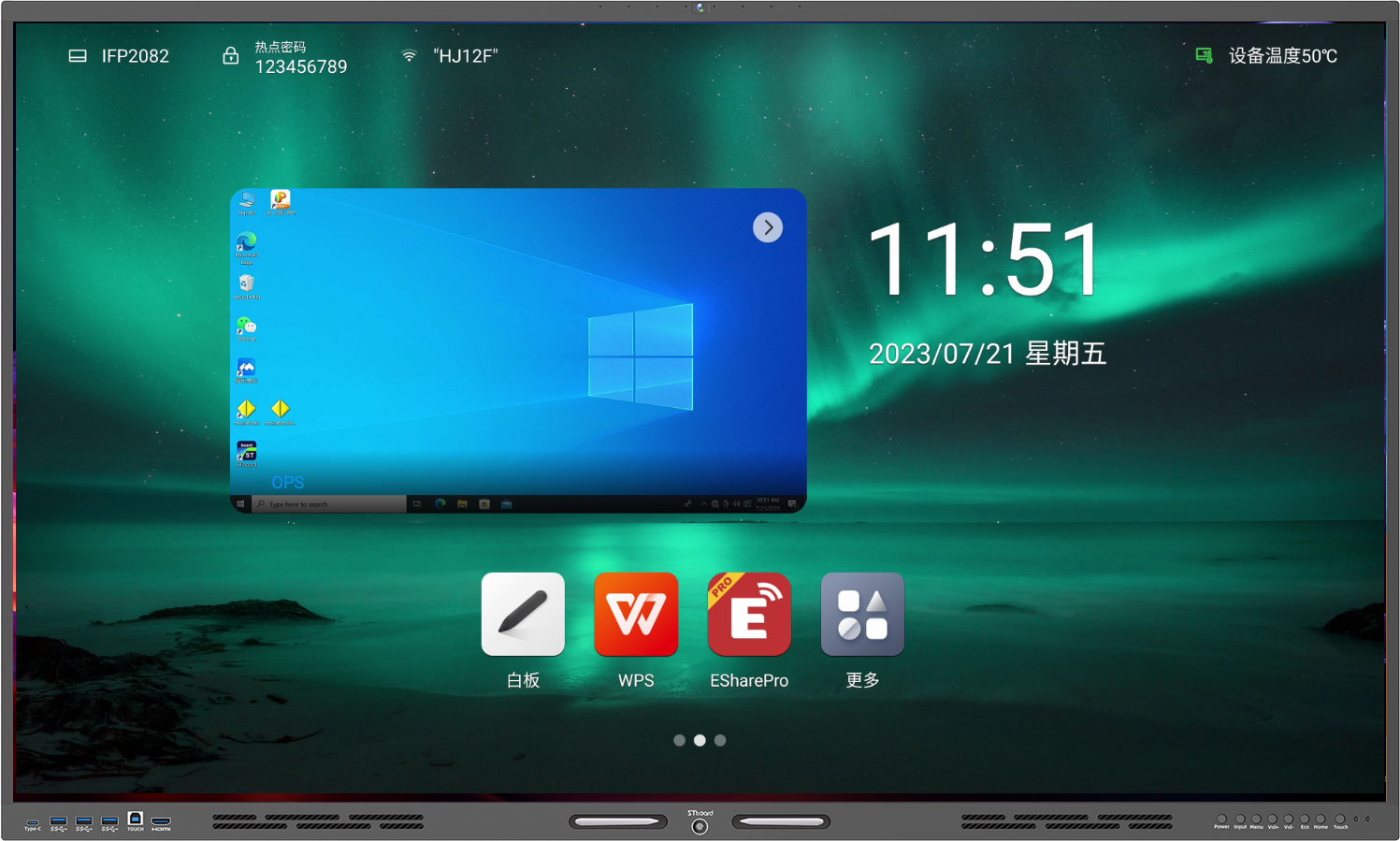1. Differences in exterior design
Commercial LCD splicing walls and home televisions differ in appearance design, user group attributes, structure, IC chips, and circuit structure while displaying videos and images well. For LCD TVs, they need to be placed in home environments such as living rooms and bedrooms, so they need to be well matched with furniture. Designers usually start with TV color matching and styling; But for commercial LCD splicing walls, people often focus on the video content it plays rather than the product itself, so we can see that the body of commercial LCD splicing walls is square, very simple and plain, and the color is black.
2. Equipped with different interfaces
The LCD TV interface is very rich, but there is no need for commercial LCD splicing walls. They are typically equipped with the most basic interfaces that can be seen in traditional displays, such as DVI and D-Sub, while new commercial displays will gradually add interfaces such as DisplayPort. In order to input higher resolution video signals during multi screen splicing. For some special occasions, such as outdoor environments with high and low temperatures, commercial LCD splicing walls usually have functions such as overheating protection, heating, high brightness, and waterproofing. LCD TVs are generally located indoors in better environments and do not possess these characteristics.
3. Products with different integrated circuit cores are different
Although they have "telepathy" like twins, their thoughts are different in some places. Another difference between LCD TVs and commercial LCD splicing walls lies in the IC chip and circuit design structure. The main function of LCD TV is to play TV programs, videos, and game screens, with a focus on the clarity of dynamic images. The accuracy of color reproduction is not so strict. Therefore, LCD TV integrated circuit chips mainly optimize the dynamic effects of images and the brightness of colors.
Commercial displays mainly play static images, text, or dynamic videos, so manufacturers will adopt different calibration methods for different purposes and pay more attention to the accuracy of color reproduction, which is very different from LCD TVs in calibration. High end models also have built-in color calibration systems.
4. Differences in consumer groups
The different user group attributes lead to completely different design concepts. As for LCD TVs, they are mainly aimed at individual users and are almost an essential item for every household. Usually, their main purpose is entertainment, which is the carrier of television programs, movies, and games; Commercial LCD splicing walls are mainly aimed at users in industries such as commerce, public information display, healthcare, education and training. Although its broadcast content is basically the same as LCD TVs, the users who purchase commercial LCD splicing wall products are not individuals, but enterprises, administrative units, medical and educational units, public institutions, etc. The purchasing groups they face are very different, so for manufacturers, they give these products different characteristics based on their own ideas and attributes.
For ordinary individual users, they need LCD TVs with stylish and personalized appearance, easy operation, stable quality, and excellent display effects. For industry users, the working time of commercial LCD splicing walls is usually 724 hours, so stricter requirements are put forward for the stability, reliability, wear resistance, aging resistance, and low power consumption of product quality.







.png)












